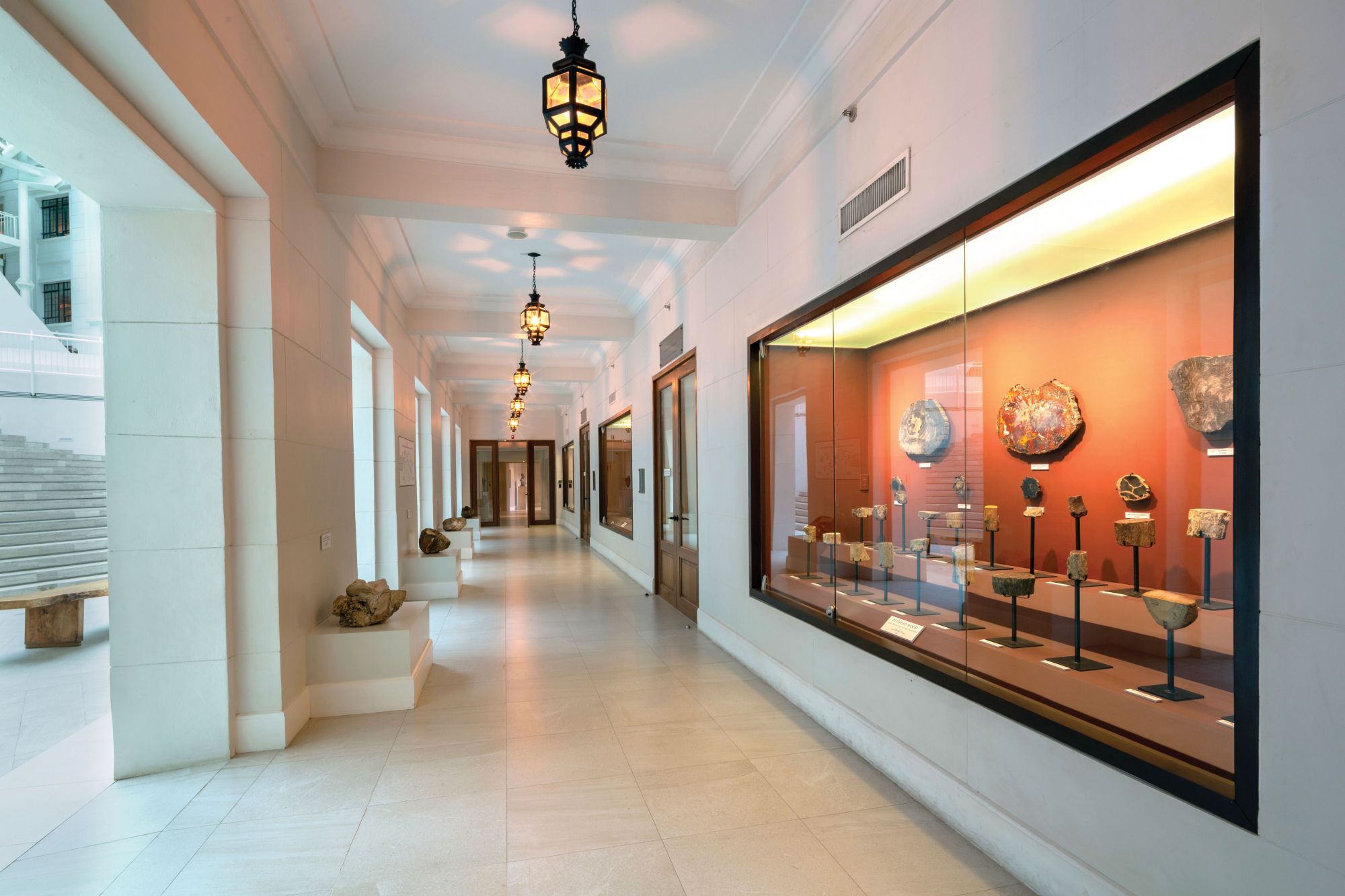Ask the average Filipino what a museum looks like, and they will tell you that they think of dimly-lit rooms that smell of must and are filled with odd artefacts from a distant time. This has been the image that has been impressed on the minds of generations of Filipino schoolchildren. Today, however, a newly opened institution is set to shatter that image and replace it with something strikingly revolutionary.
Opened last 18 May—incidentally, International Museum Day—the National Museum of Natural History is an architectural marvel that has retained its original Neoclassical façade out front, but houses a spacious, airy, expertly-designed array of galleries and interactive learning spaces within.
Located in the Agrifina Circle of Rizal Park, the structure housing the museum was originally built in 1940 to house the Ministries of Agriculture and Commerce. It is actually a twin to the Finance Building which now houses the National Museum of Anthropology, as both buildings were designed by architect Antonio Toledo who was also behind the design of the Manila City Hall. The twin structures were destroyed during the Second World War and were subsequently rebuilt based on Toledo’s original plans. Today, the area where both buildings and the National Museum for the Arts are located has been officially been designated as the National Museum Complex.

Between its post-war reconstruction and its current architectural revival, the building served as the main office for the Department of Tourism. However, during the time that it served as a government agency, many of the structure’s original features were built over, partitioned, or torn down to maximise office space. In 2013, under the auspices of the National Museum Act authored by the late Senator Edgardo J Angara, the building was acquired by the trustees of the National Museum of the Philippines who proposed housing its extensive collection of botanical and zoological artefacts within its walls.







